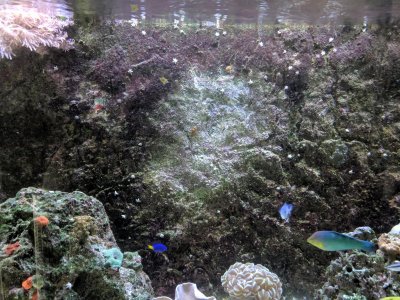- Joined
- Feb 15, 2012
- Messages
- 4,735
- Reaction score
- 3,412
Too many! Safest way is to remove the rock, give to your LFS, and replace it. Not worthy the time to deal with.Does anyone have any suggestions how to remove these nuisance palys? I tried cutting them off and they always seem to regrow. Aiptasia X just irritated them. Kalk paste I thought worked but it just took them longer to return than anything else. It is a converted FW tank with rocky 3d background so removing the entire back ground is not an option plus some are on rocks. They came on a rock and being a noob at the time I thought they would be a nice addition since I had nothing else in the tank. Cleaner water has seemed to thin them a little but no where near eliminating them.
i


















